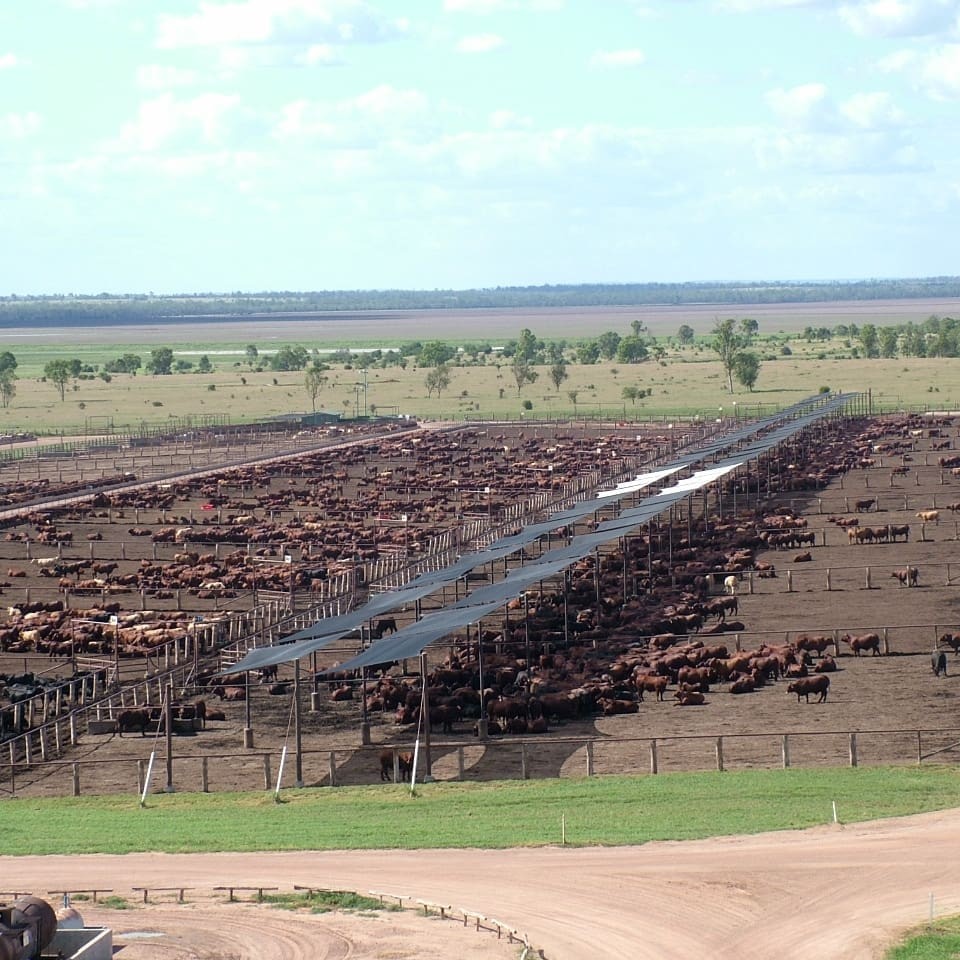 There was a significant increase in grainfed cattle numbers on feed reported in the latest feedlot industry survey released this morning, despite the prevailing tough trading environment for grainfed beef.
There was a significant increase in grainfed cattle numbers on feed reported in the latest feedlot industry survey released this morning, despite the prevailing tough trading environment for grainfed beef.
The December quarter feedlot industry survey result released just minute ago showed an encouraging 11 percent increase in grainfed cattle numbers on feed at December 30, as lower feedgrain prices and a slightly softer A$ helped offset continued high feeder cattle prices and ongoing a listless international market for grainfed beef.
The December rise to 791,000 head on feed came on the back of a low base in the September quarter, however, when numbers slumped to just 714,000, the lowest figure seen since March, 2010.
To put the latest result into greater historical context, however, it is equal to the best numbers on feed figure seen since July, 2007, when the current major grainfed industry downturn commenced. The record numbers on feed figure was recorded in July 2006 when there were about 940,000 cattle involved in grainfeeding programs across Australia.
Australian Lot Feeders Association vice president Warren Barnett said while numbers in most states were up, the trading environment for grainfeeding still remained extremely tough.
 “Feeder cattle prices (9pc higher year-on-year) reflected the ongoing good seasonal conditions (and hence re-stocker demand for young cattle) with feeder steers hitting 229¢/kg liveweight – the highest quarterly price since records began in 2003,” Mr Barnett said.
“Feeder cattle prices (9pc higher year-on-year) reflected the ongoing good seasonal conditions (and hence re-stocker demand for young cattle) with feeder steers hitting 229¢/kg liveweight – the highest quarterly price since records began in 2003,” Mr Barnett said.
Fortunately however, several other factors provided sufficient impetus to encourage lotfeeders to increase cattle numbers over the quarter.
“Compared with the third quarter ending September, the A$ was down 3.6pc against the US Greenback and 4pc against the Yen, while feedgrain prices declined by 9-29pc year-on-year, depending on the type of grain and area delivered,” he said.
Queensland abattoir demand for finished cattle following annual Christmas closures also helped drive numbers, particularly for larger, vertically-integrated feedlot operations.
The diversion of live export cattle to feedlots following the suspension of the Indonesian live trade additionally had an impact, Mr Barnett suggested.
All states experienced increases in cattle numbers in the latest survey except South Australia.
- Queensland numbers on feed rose to 464,000, up 12pc from 408,000 in September
- NSW numbers reached 240,000, up 2.5pc from 234,000 three months ago
- Victorian feedlots reported 55,000 head on feed, up 12pc from 46,000 in the previous survey
- South Australian numbers fell 500 head to 22,748 head, and
- Western Australia recovered from its dramatic slump in September when just 3pc of feedlot space was being utilised, climbing from 3151 head to 9683 head in December.
Feedlot pen space utilisation rates in all States bar SA showed a solid improvement, but are still a considerable way off what would be considered more profitable levels of operational efficiency.
Meat and Livestock Australia’s market information and analysis manager, Tim McRae said grainfed exports to major markets for the December quarter were down, with a 13pc year-on-year decline to Japan and an 11pc fall in Korea.
Grainfed beef exports totalled 44,508 tonnes in the December quarter, a 12pc fall year-on-year.
“With many of the factors that have fuelled the record run of the $A in recent years unlikely to subside in the short term, Australian lotfeeders will again be looking for a rise in global beef prices to improve returns,” Mr McRae said.
